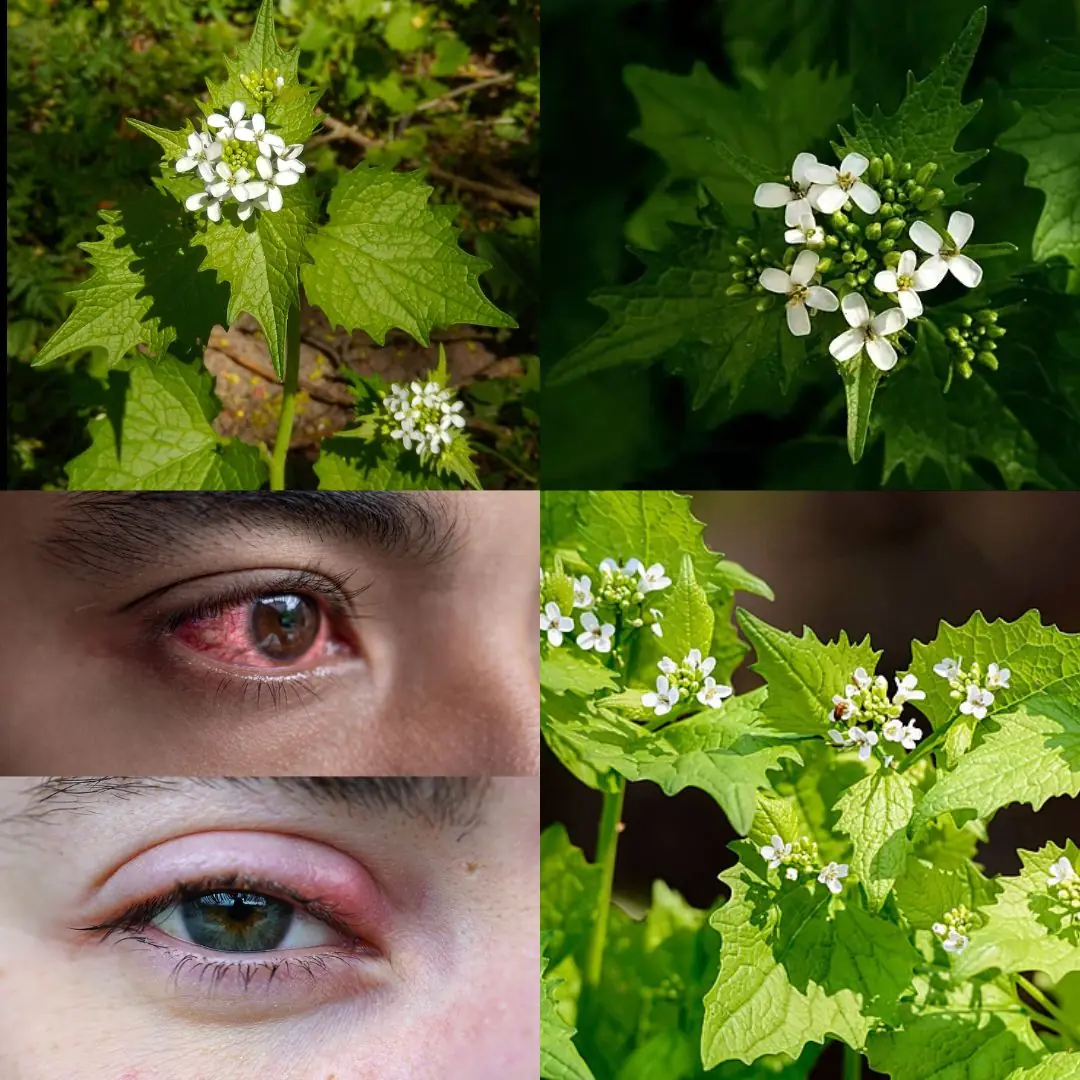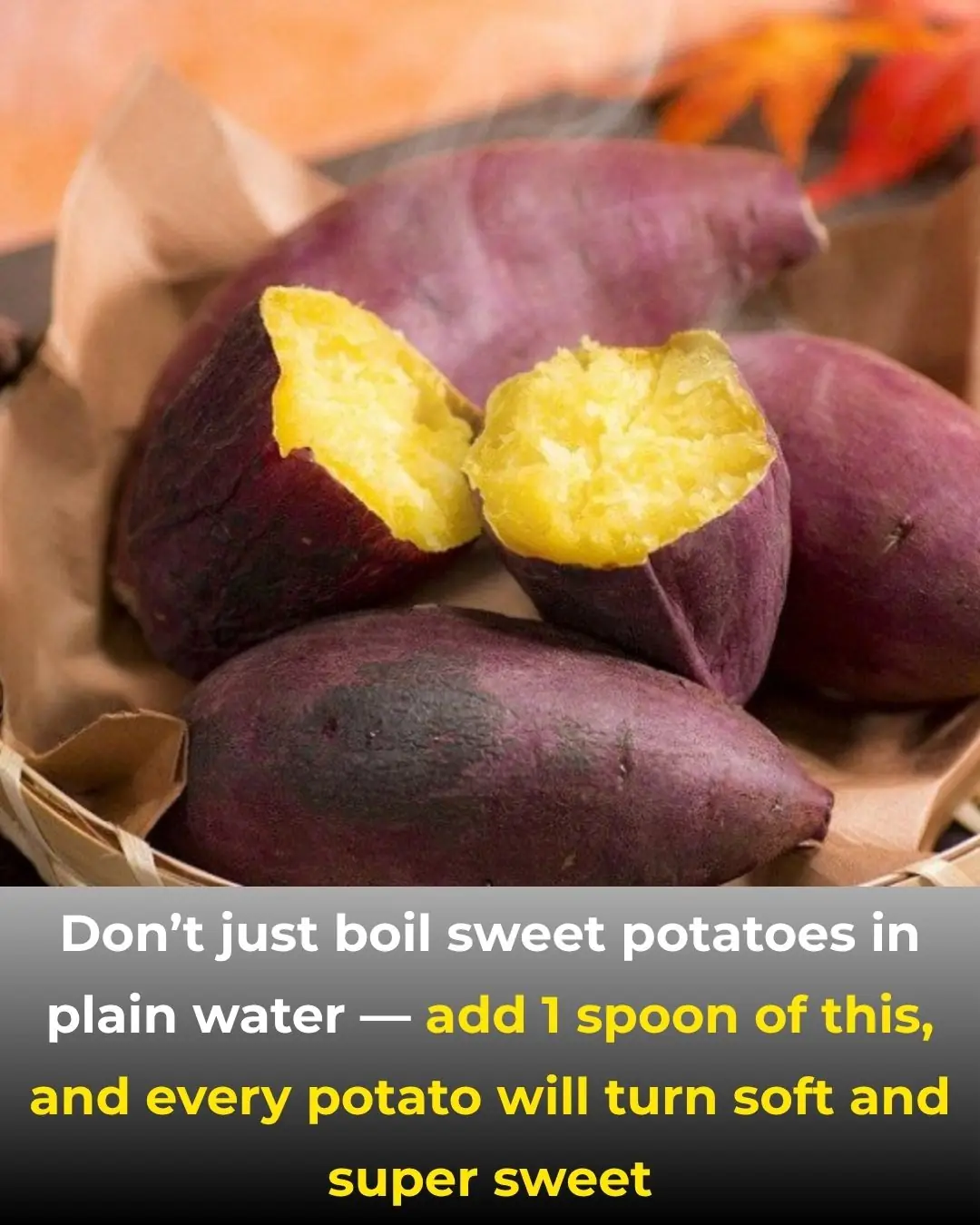
17-Year-Old Honored For Creating Color-Changing Sutures That Detect Infection
She’s Saving Lives, One Stitch at a Time!
Seventeen-year-old innovator Dasia Taylor is proving that brilliance and compassion can go hand in hand. The Iowa City West High School senior was named a Regeneron Science Talent Scholar for developing color-changing surgical sutures that can detect infections before they become life-threatening (The Gazette).

Taylor’s journey began not in a lab, but in her own home. A few years ago, she received a suture kit for Christmas, which first sparked her fascination with medicine and surgery. “I thought I wanted to be a surgeon,” she told reporters, “so I just started practicing stitches at home.” What started as a hobby soon evolved into a groundbreaking scientific project — one that could transform medical care in underserved communities around the world.
During her first independent research experience outside traditional classroom learning, Taylor set out to design sutures that would change color when a wound becomes infected. The science behind her idea was simple but ingenious: when an infection occurs, the pH level of skin tissue increases. Normal skin has a pH of around 5, but infected tissue can reach levels as high as 9 (Smithsonian Magazine). Taylor theorized that if she could develop sutures sensitive to pH changes, doctors could easily identify infections early — especially in regions with limited access to advanced medical technology.
To make her concept a reality, she conducted over a year of research, experimenting with various natural dyes, including beet juice, which contains anthocyanin — a compound that shifts color based on pH level. When the wound was healthy, the sutures remained bright red; when infection set in, they turned deep purple. “Even if you don’t know what you’re doing, just go with it,” Taylor said with a laugh. “I stand by the idea that I stumbled into STEM by way of intellectual curiosity. Be curious, because that will afford you so many opportunities” (Good Morning America).
Her persistence paid off. Taylor entered her project into the 80th annual Regeneron Science Talent Search, one of the most prestigious high school science competitions in the United States. Out of 1,760 applicants nationwide, she was named among the top 300 scholars — an achievement that puts her in the company of the nation’s brightest young minds (Society for Science).
But beyond the accolades, Taylor’s work carries deep personal and social meaning. She first presented her invention at the Junior Science and Humanities Symposium in 2020, where she quickly noticed she was the only Black student in the room. “Being in that space, knowing stereotypes were flying, and being able to prove them wrong — and win first place — was phenomenal,” she told The Gazette. “My mom and I talk about it all the time. I often find myself in white-dominated spaces. That’s definitely one for the books.”
With strong support from her teachers and mentors, Taylor refined her project, carefully cultivating bacteria samples provided by her high school’s science department. Her ultimate goal? To make her invention accessible for use in developing countries, where infections after surgery can be fatal due to a lack of early detection tools. According to the World Health Organization, an estimated 11% of surgical wounds in low- and middle-income countries become infected — a statistic that inspired Taylor to think globally. “If these sutures can identify infections faster, they can help doctors start antibiotics earlier and save lives,” she explained (Smithsonian Magazine).
As she prepares for the final stage of the Regeneron competition — where 40 finalists will compete for the grand prize of $250,000 — Taylor continues to embody the curiosity and perseverance that define great innovators. “I’m a firm believer that you don’t have to be confined to a box and just stay in one subject area,” she said. “You can bounce around. If you’re interested in it, go for it.”
Her story is not just about science — it’s about representation, resilience, and reimagining what’s possible when young women of color are given the tools and encouragement to lead in STEM.
Congratulations, Dasia Taylor — your brilliance is stitching together a brighter, healthier future for us all.
News in the same category

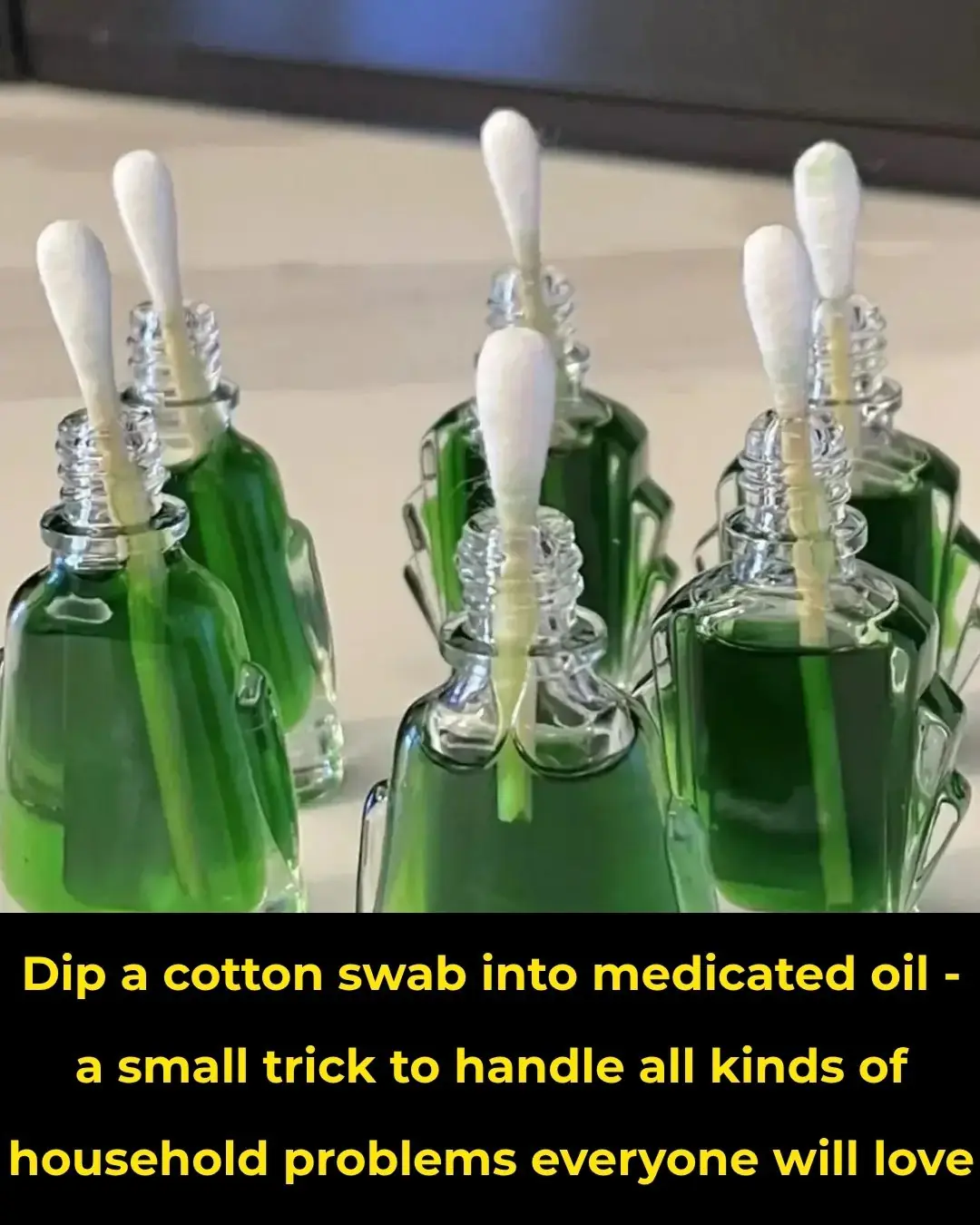
The Science Behind Putting a Cotton Swab in a Menthol Oil Bottle
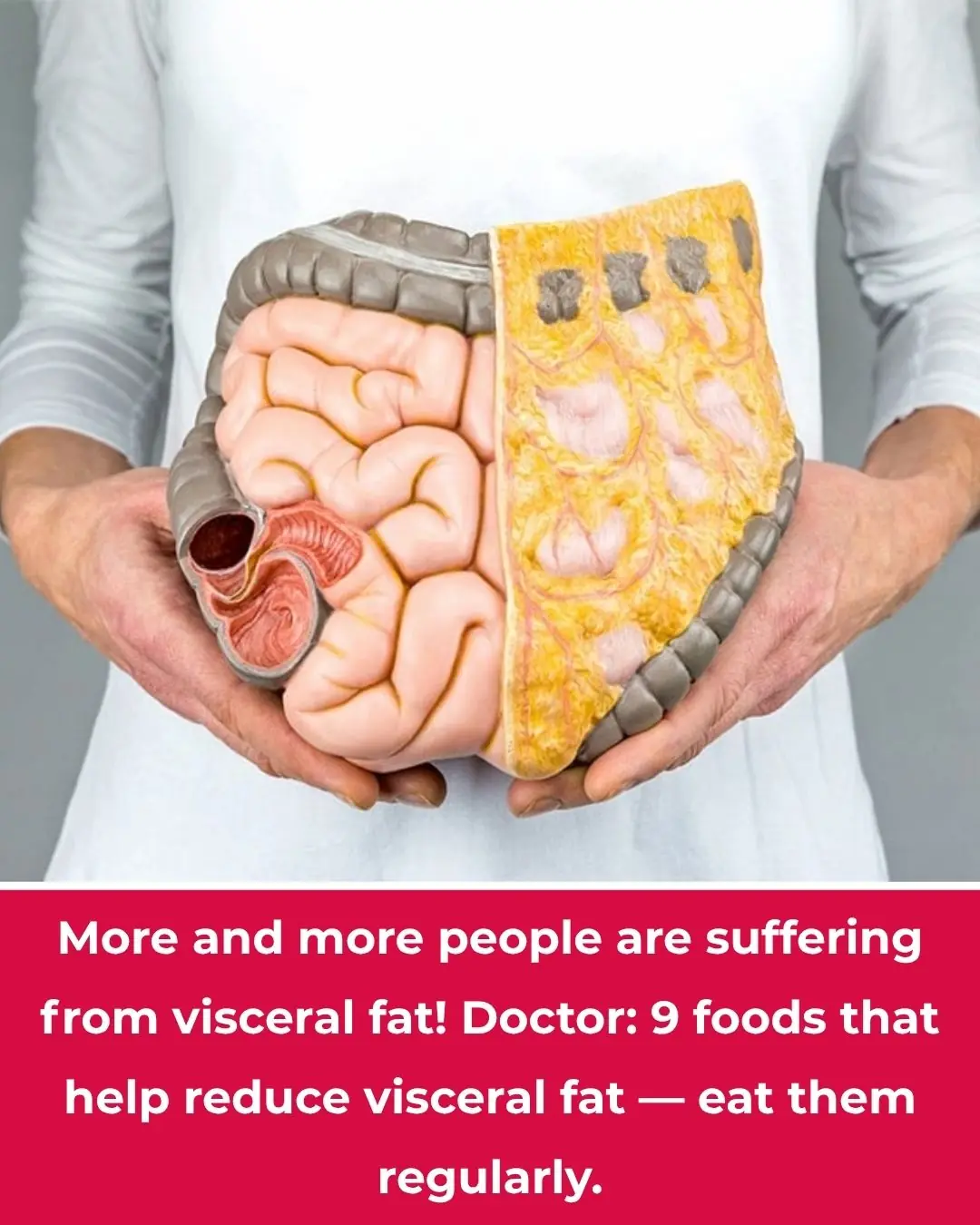
More People Are Struggling with Visceral Fat — Doctors Reveal 9 Foods That Help Burn It Naturally
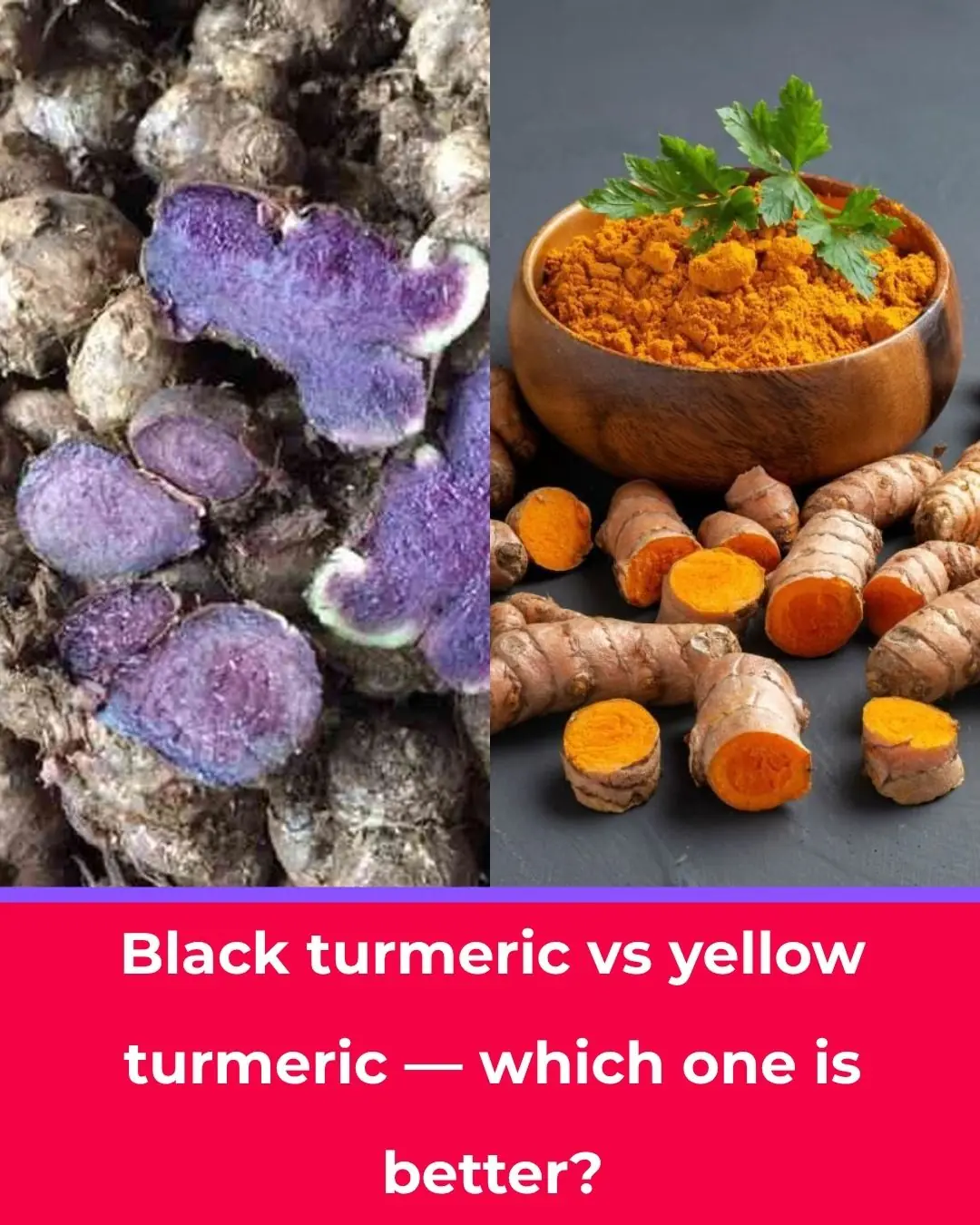
Black Turmeric vs. Yellow Turmeric: Which One Is Better?

Like to see more from Tips for the Home

I Had No Idea About This!

These Ideas Are Amazing: 10 Clever Ways to Use Dryer Sheets Beyond the Laundry Room

Most Don’t Know: 13 Brilliant Ways to Use WD-40 Around the House

YouTuber shocks fans after revealing he hasn't showered in three months

YouTubers expose reality of 'toxic' Colorado ghost town that was abandoned for tragic reason

Napheesa Collier Hasn’t Said One Good Thing About WNBA, Commisioner Or CBA Negotiations: League Still Offers 30-Day Extension Because It Holds All Leverage
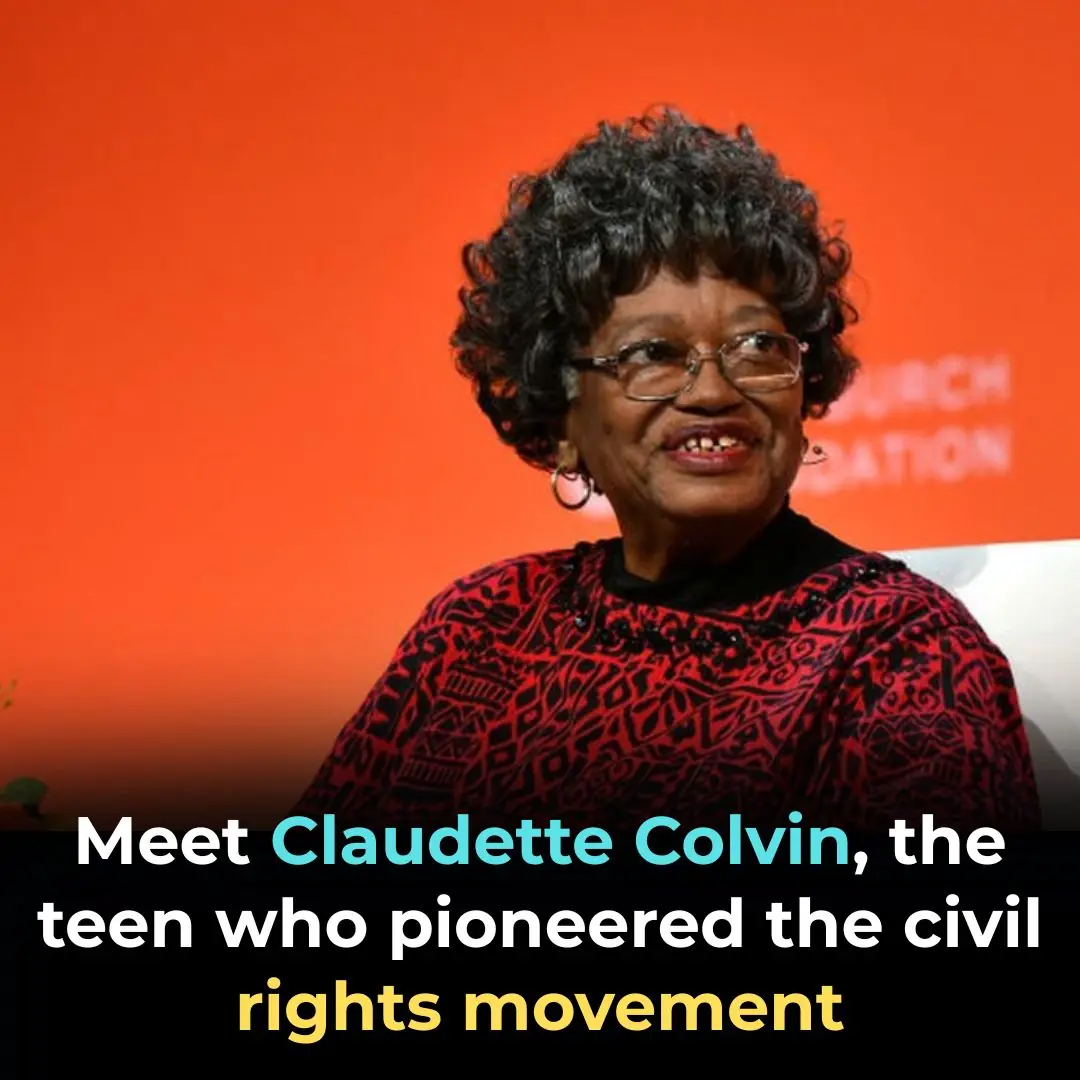
Meet Claudette Colvin, The Teen Who Pioneered The Civil Rights Movement

Outkast Earns Nomination for the 2025 Rock & Roll Hall of Fame

Missouri Real Estate Agent Is Looking To Create 1,000 Black Homeowners In Kansas City

Florida Man Uses Stimulus Funds To Create ‘Generational Food’ Community Garden
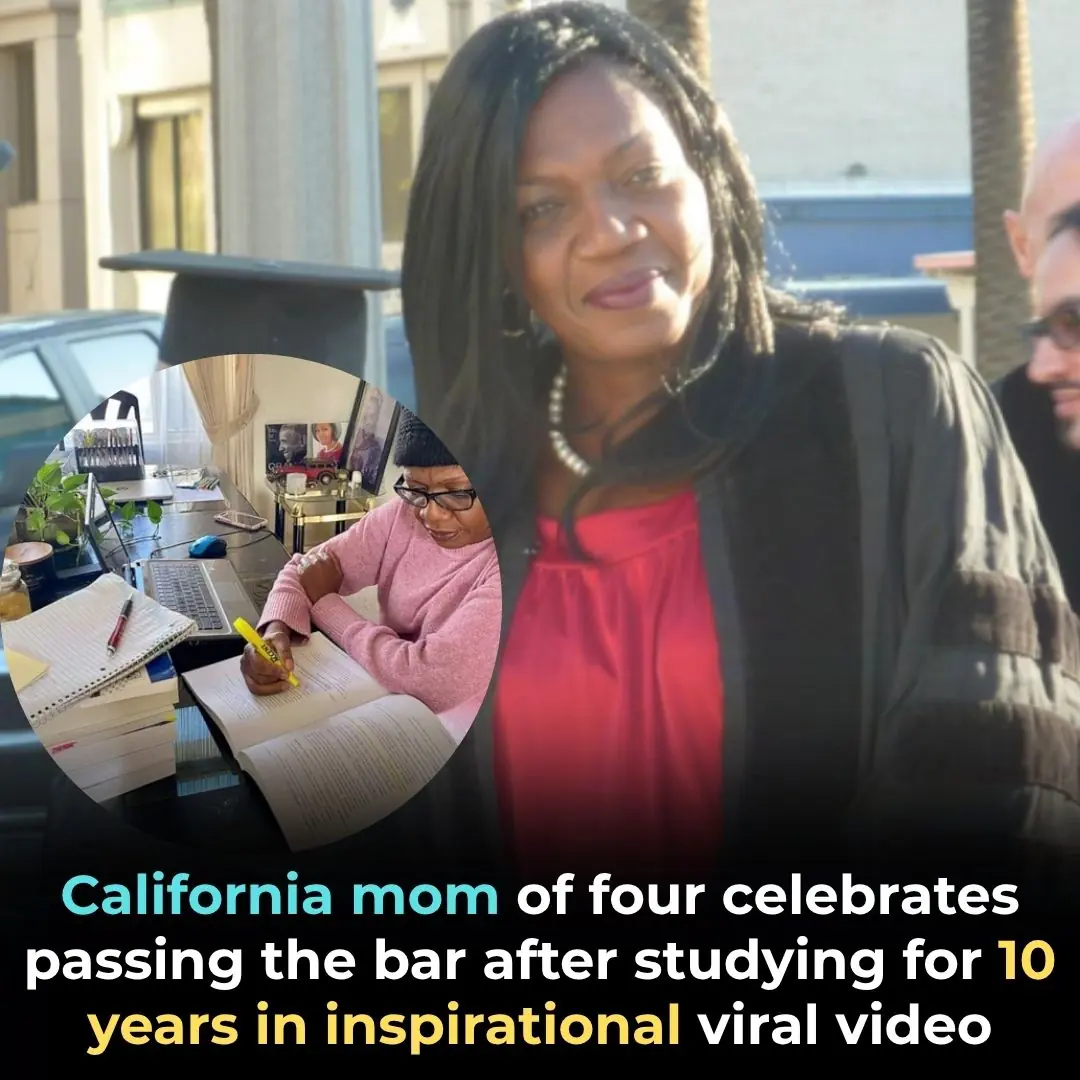
California Mom of Four Celebrates Passing The Bar After Studying For 10 Years In Inspirational Viral Video
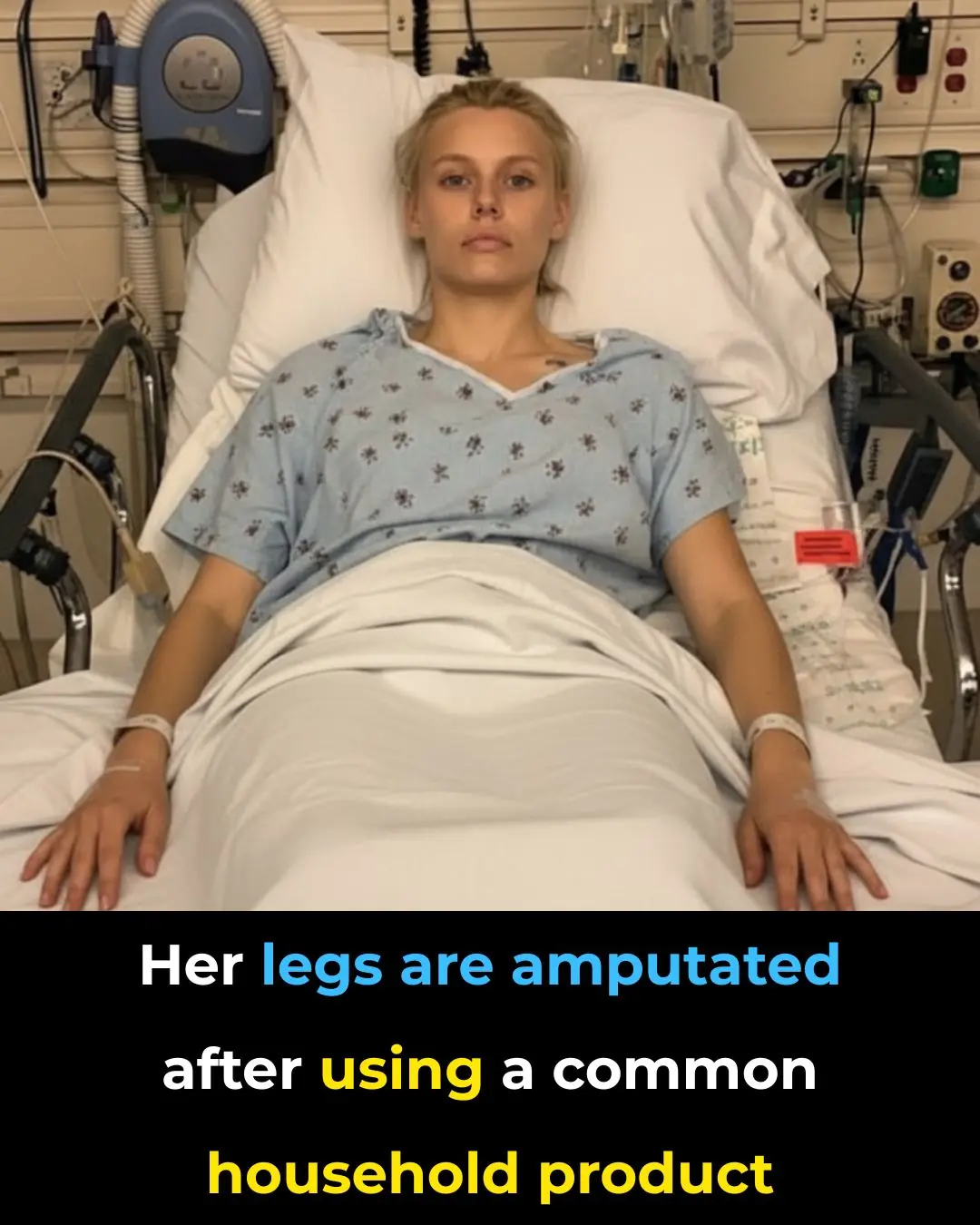
Model Loses Both Legs After Toxic Shock Syndrome From Everyday Tampon Use
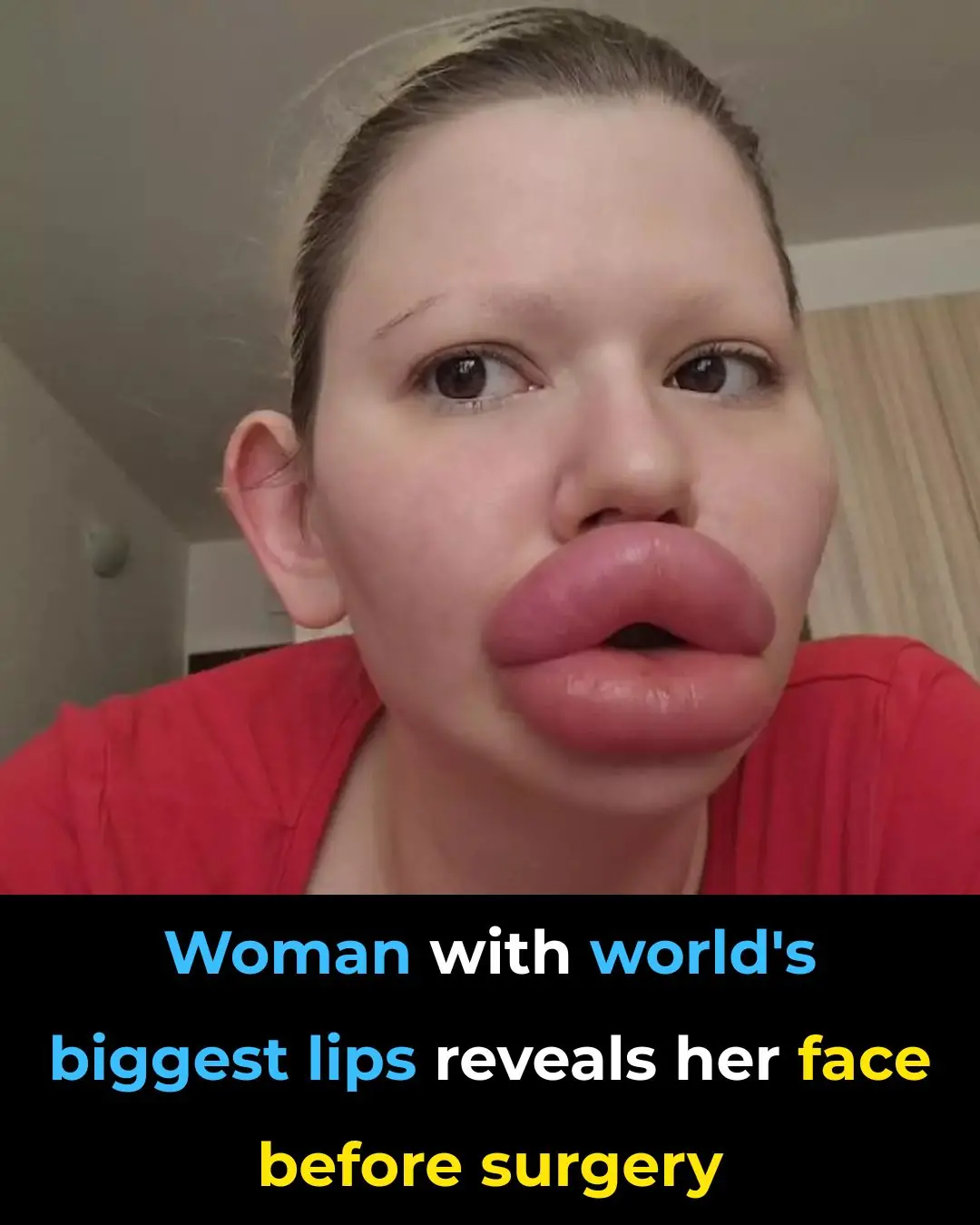
Before And After: Woman With Extreme Lip Enhancements Reveals Old Look
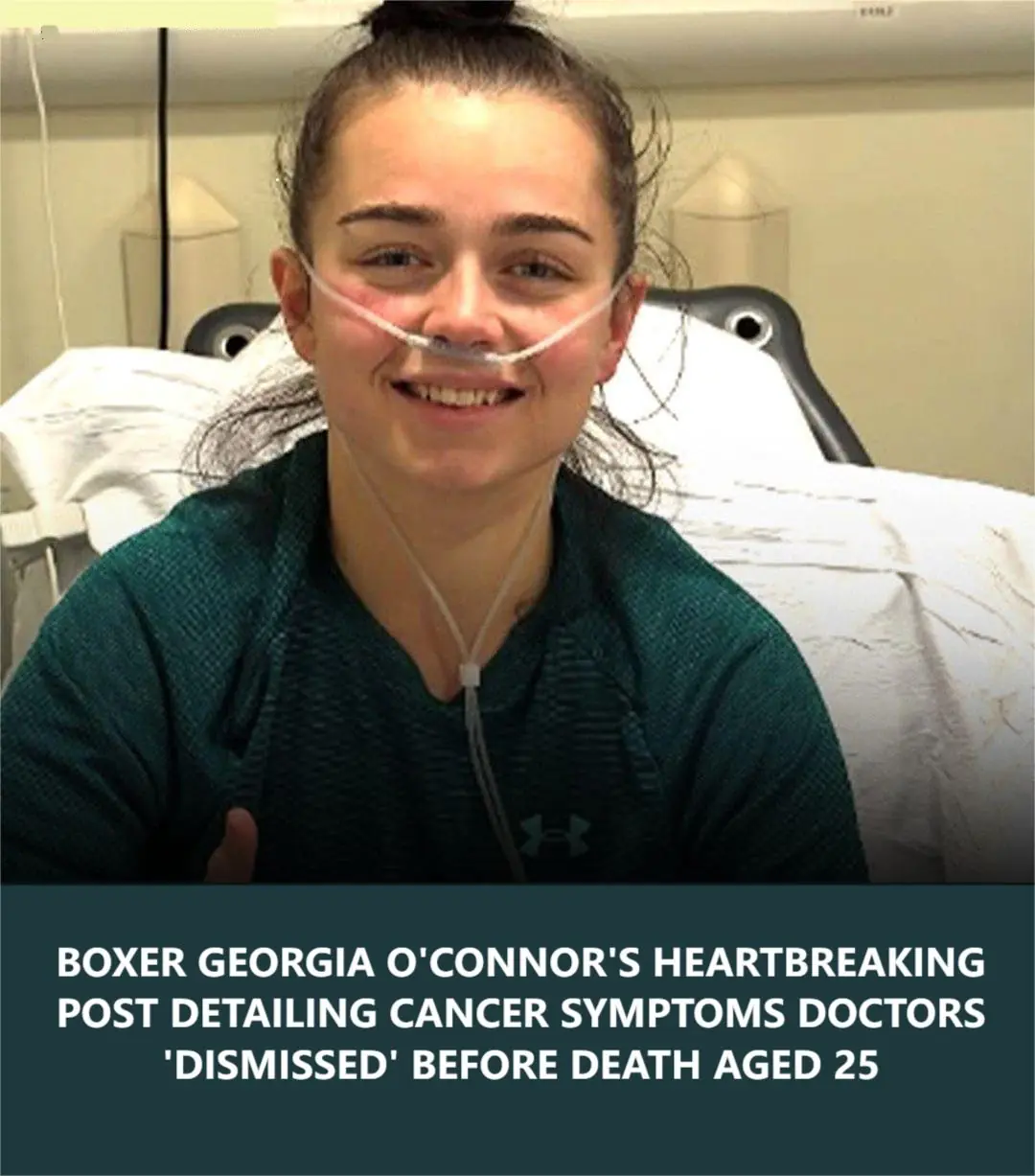
Tragic End: Georgia O’Connor Passes Away Weeks After Wedding Amid Medical Neglect
News Post
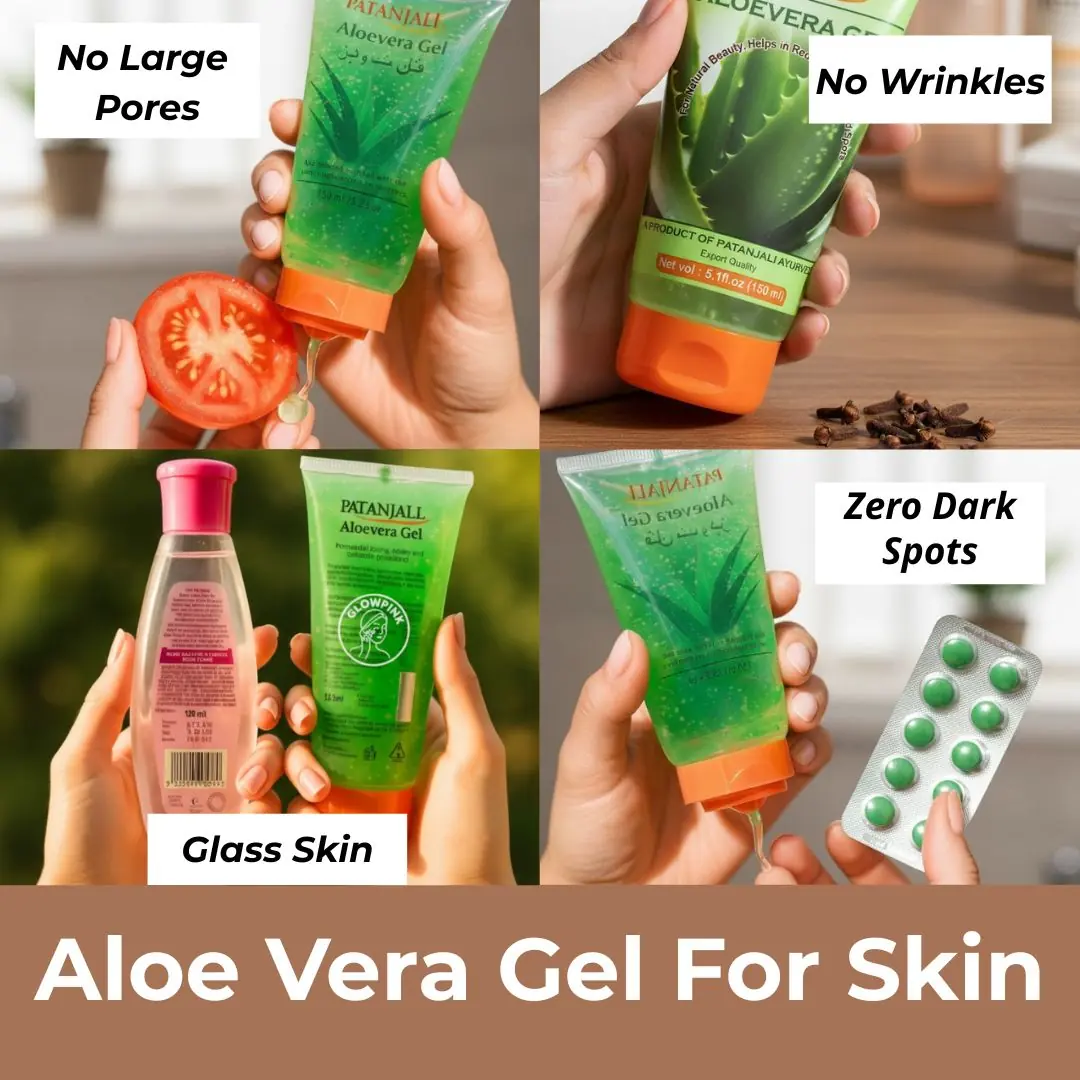
5 Amazing Benefits Of Aloe Vera Gel For Skin: Large Pores, Dark Spots, Wrinkles
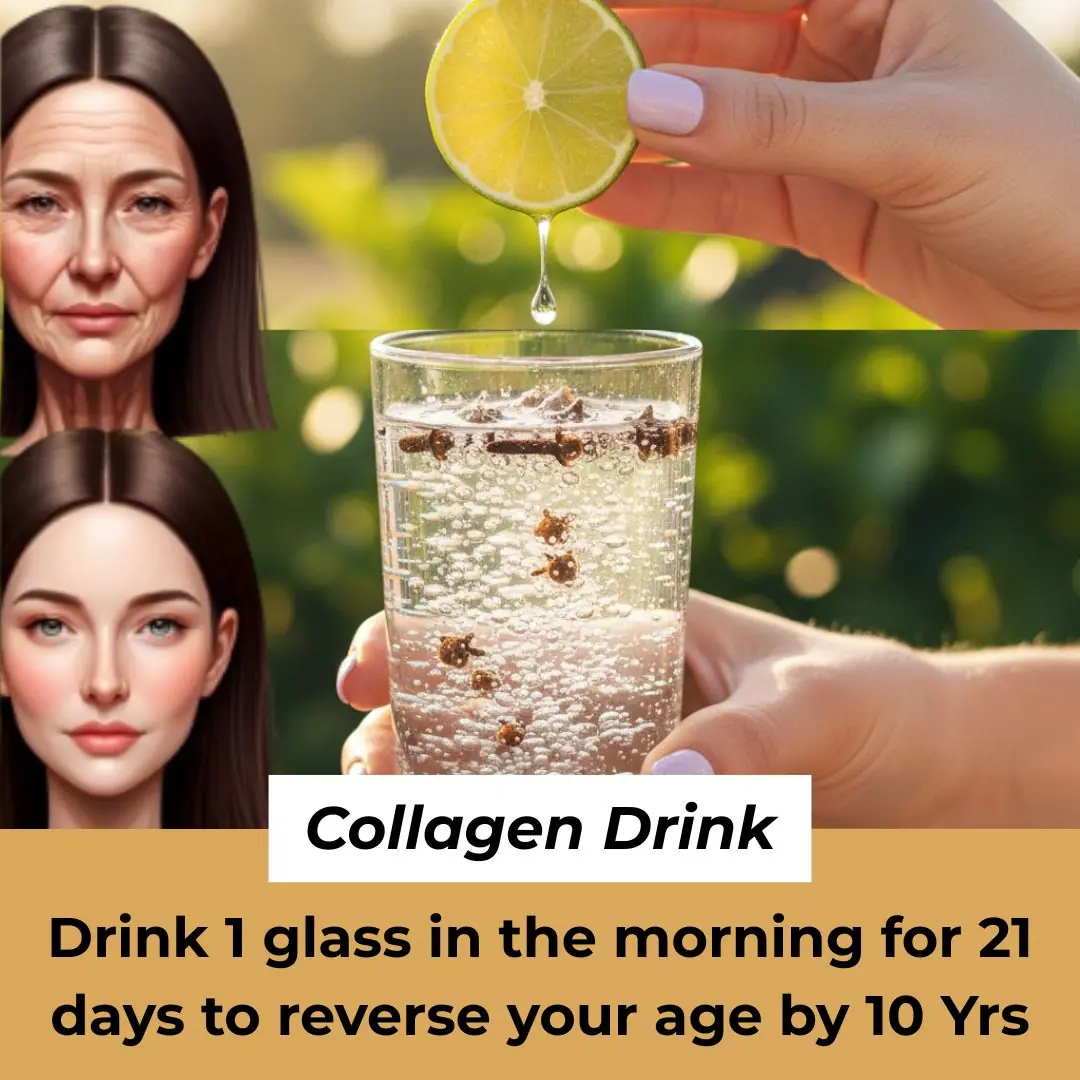
Clove & Lemon Collagen Drink: Wrinkle Free, Glowing Skin
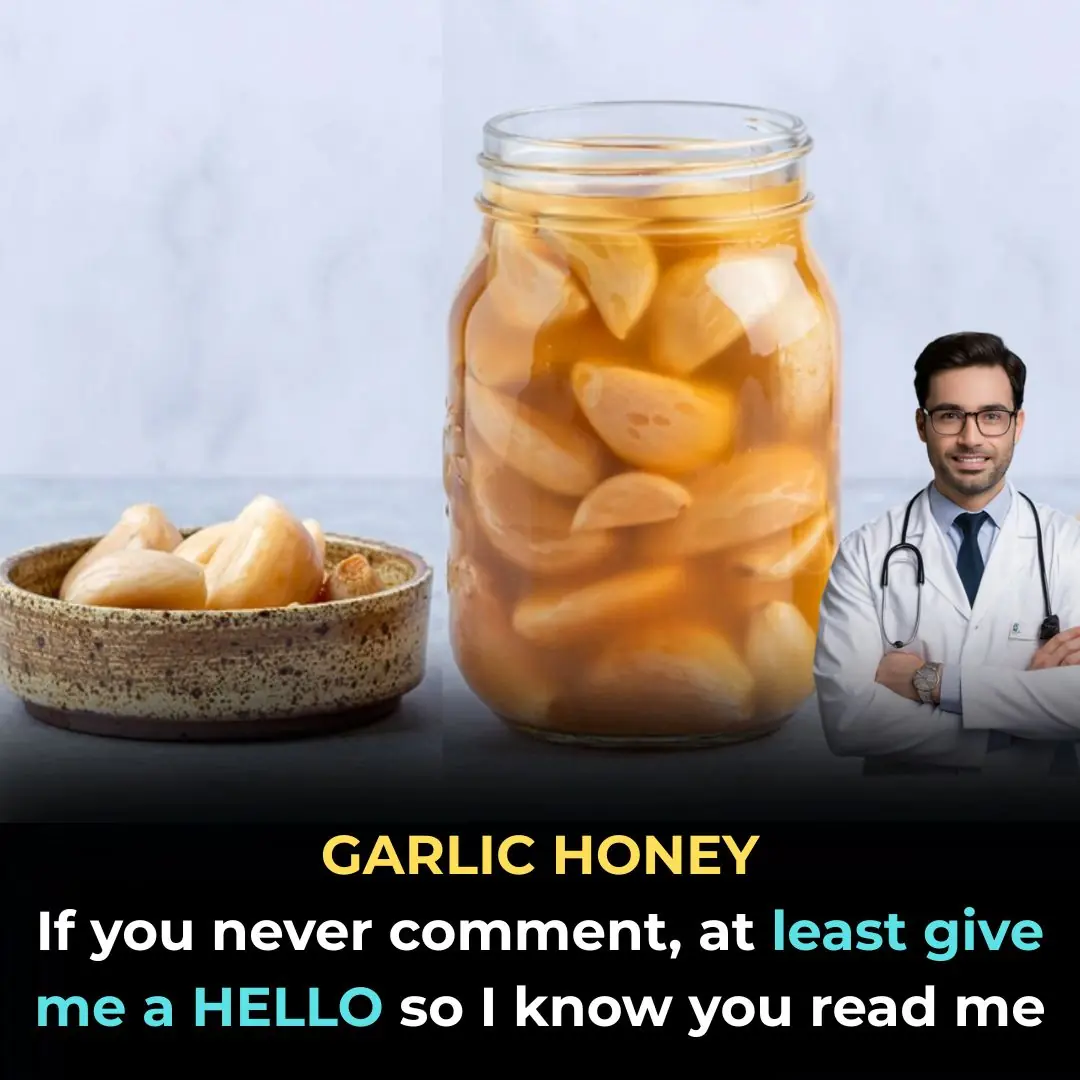
Unlock Your Body’s Hidden Power: Try Garlic and Honey on an Empty Stomach for 7 Days
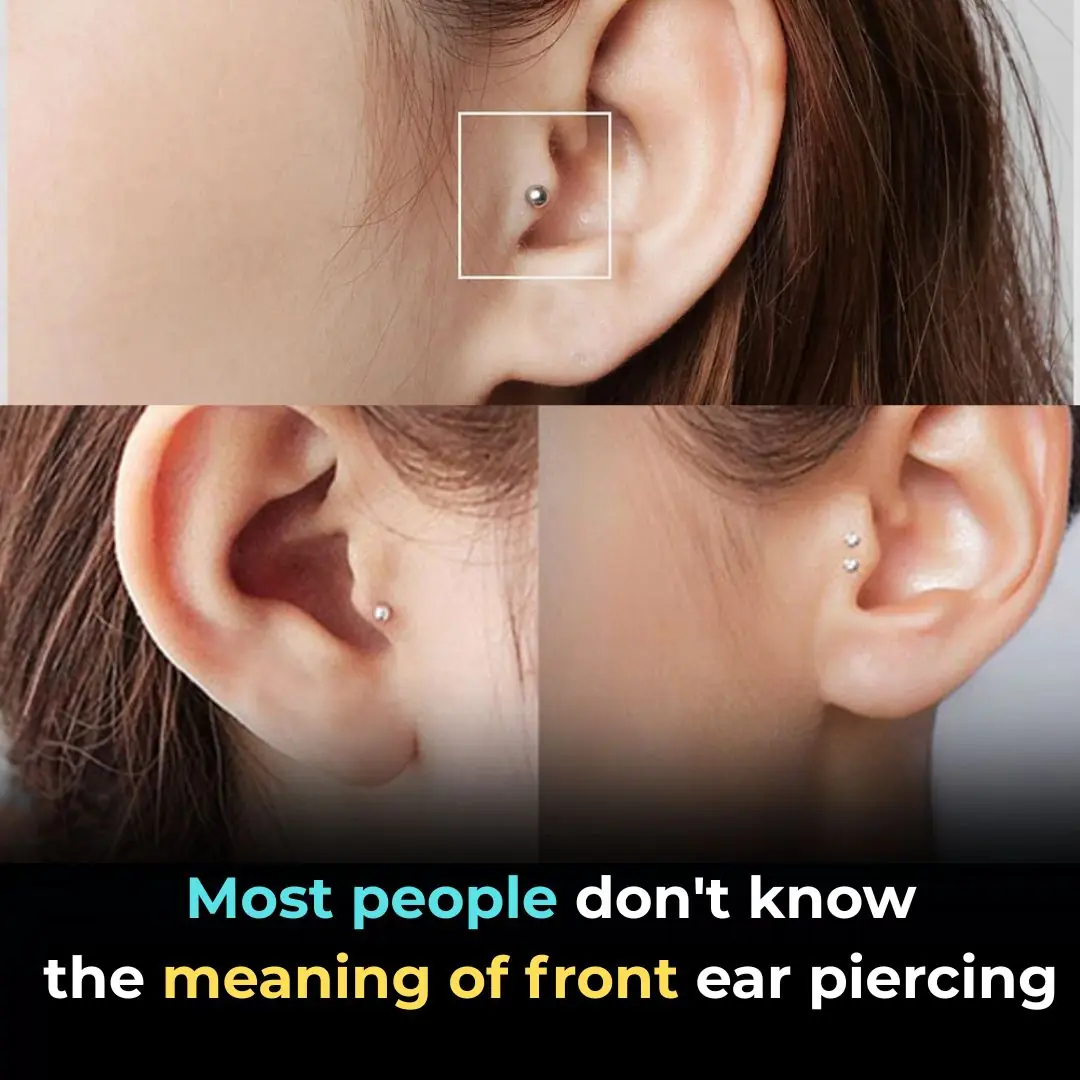
Tragus Piercing What Does It Mean
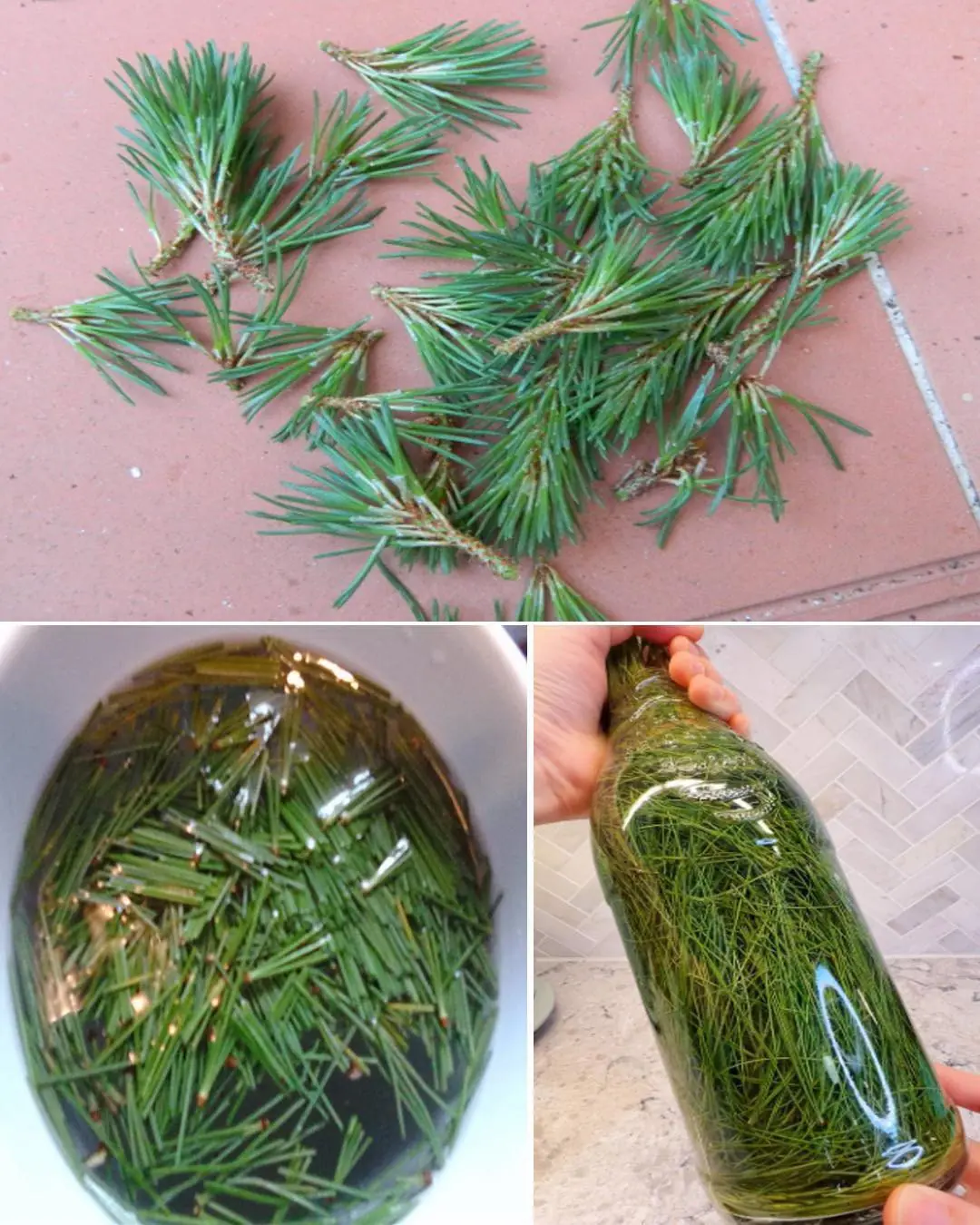
9 Health Benefits of Pine Needles
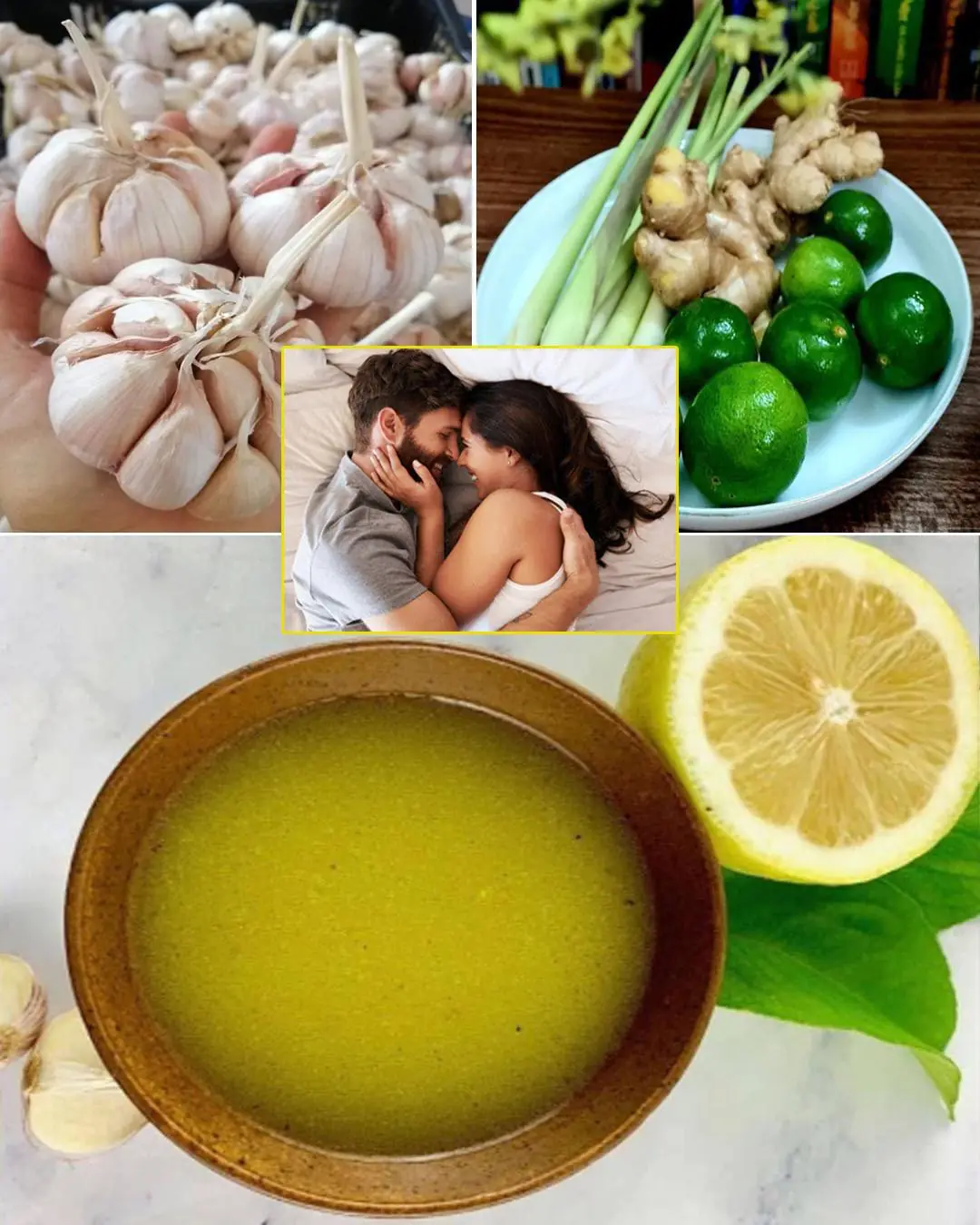
Unlock The Incredible Health Benefits of Garlic, Ginger and Lemon for Men
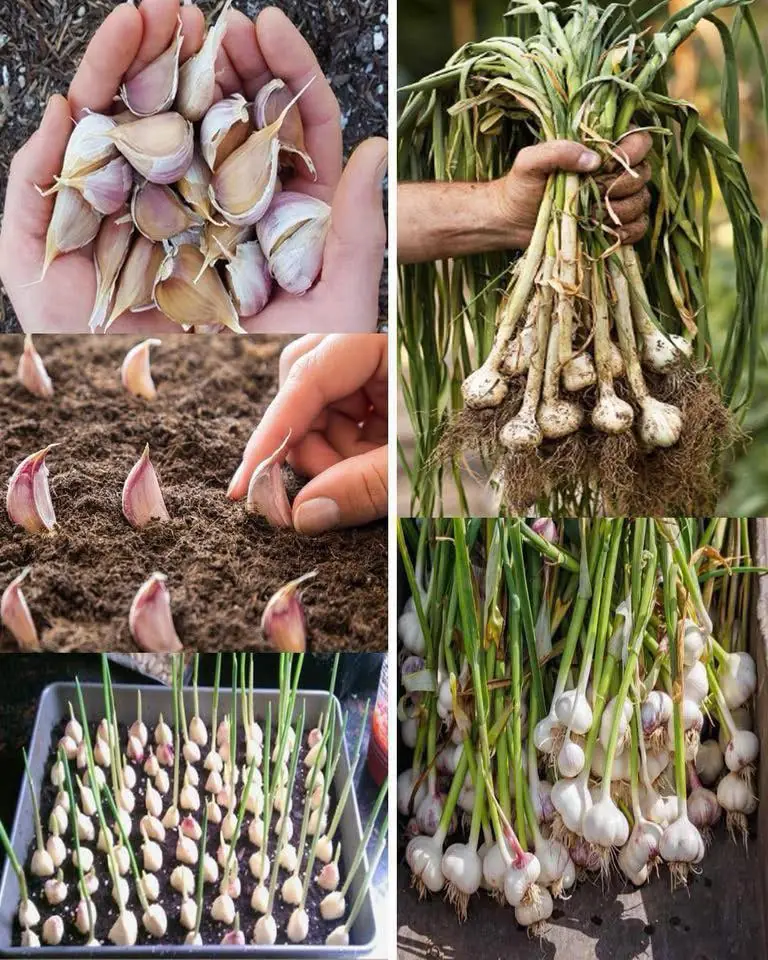
A special method to grow garlic in plastic bottles
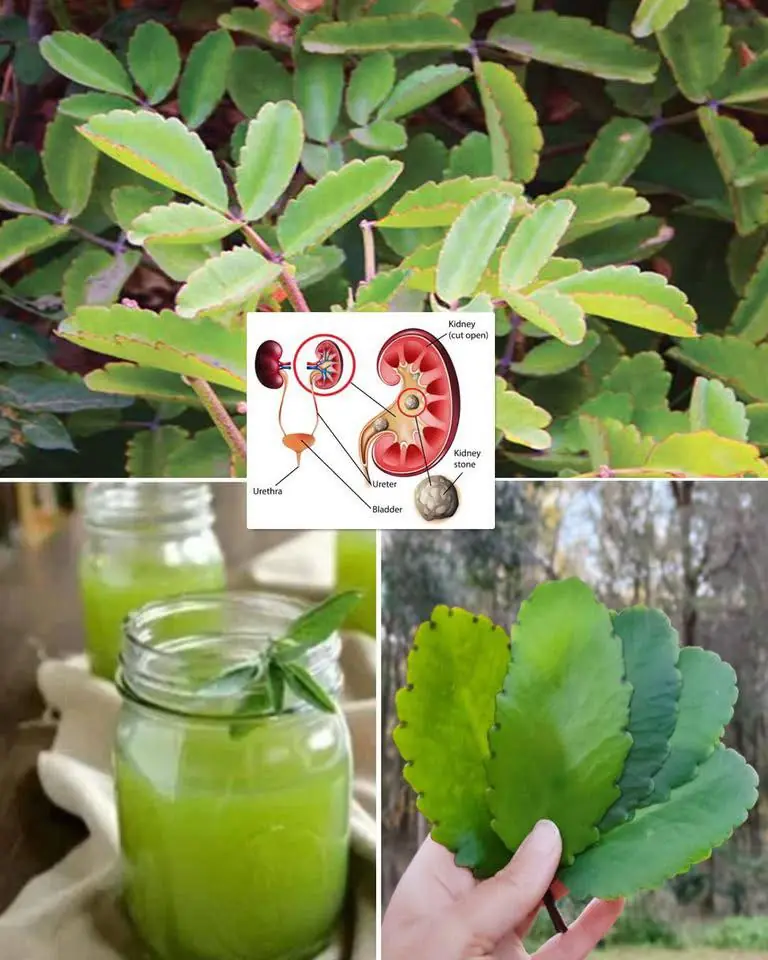
7 Benefits of the Miracle Leaf of Life
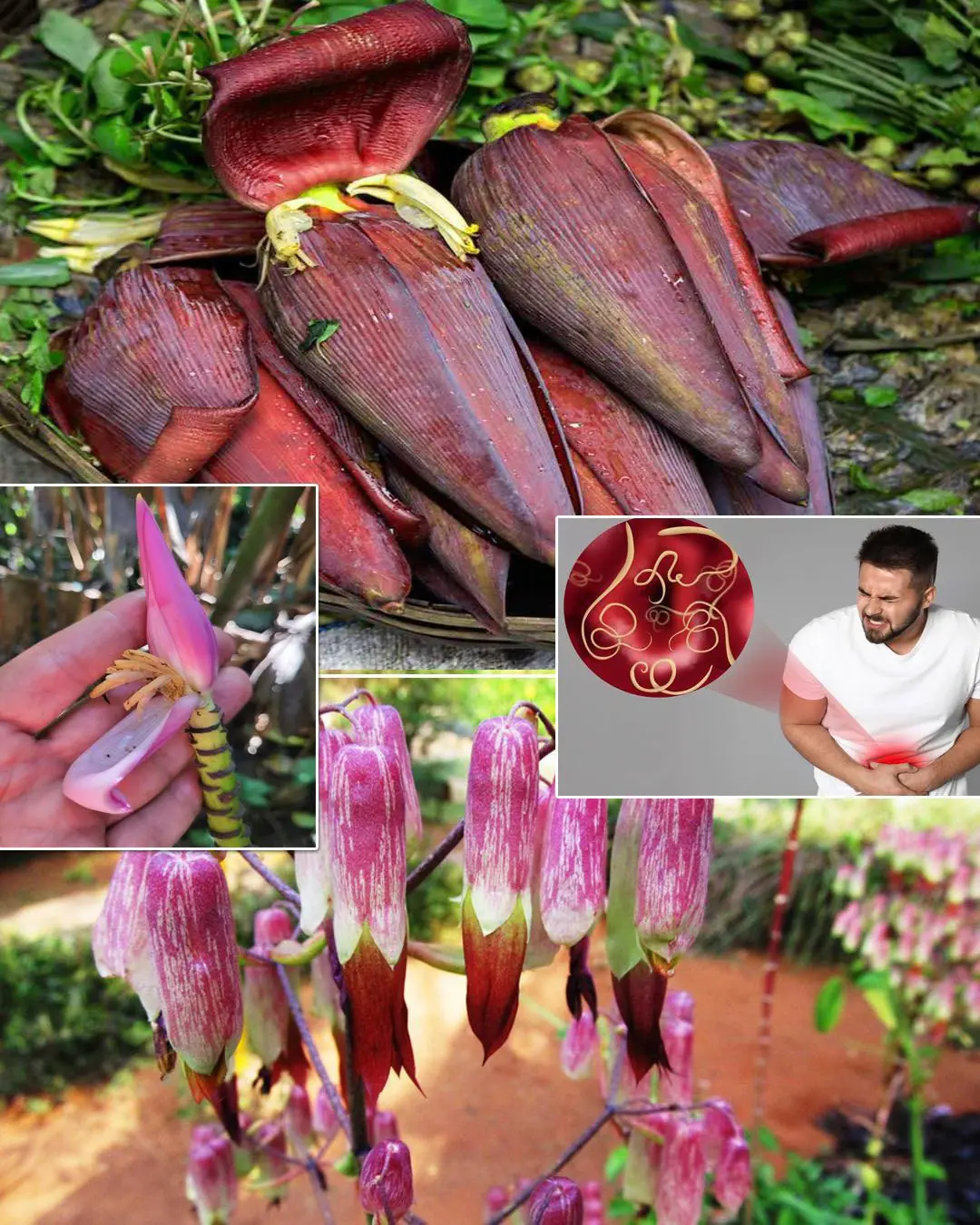
7 Amazing Health Benefits of Banana Blossoms

Boiling Sweet Potatoes: Don’t Just Add Plain Water—Add This Spoonful for Perfectly Fluffy, Sweet Results

The Science Behind Putting a Cotton Swab in a Menthol Oil Bottle

More People Are Struggling with Visceral Fat — Doctors Reveal 9 Foods That Help Burn It Naturally

Black Turmeric vs. Yellow Turmeric: Which One Is Better?
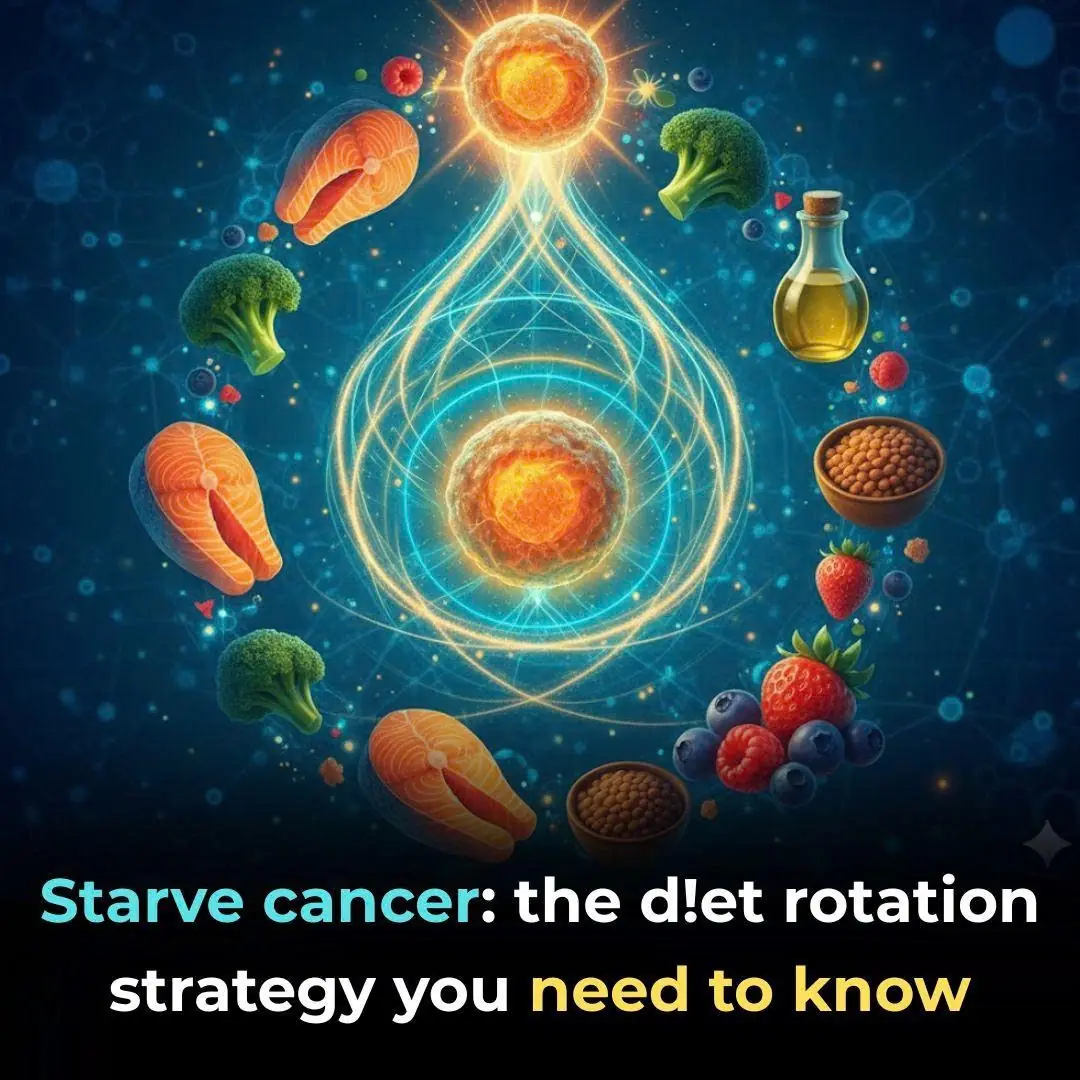
Starve cancer: the diet rotation strategy you need to know

Like to see more from Tips for the Home
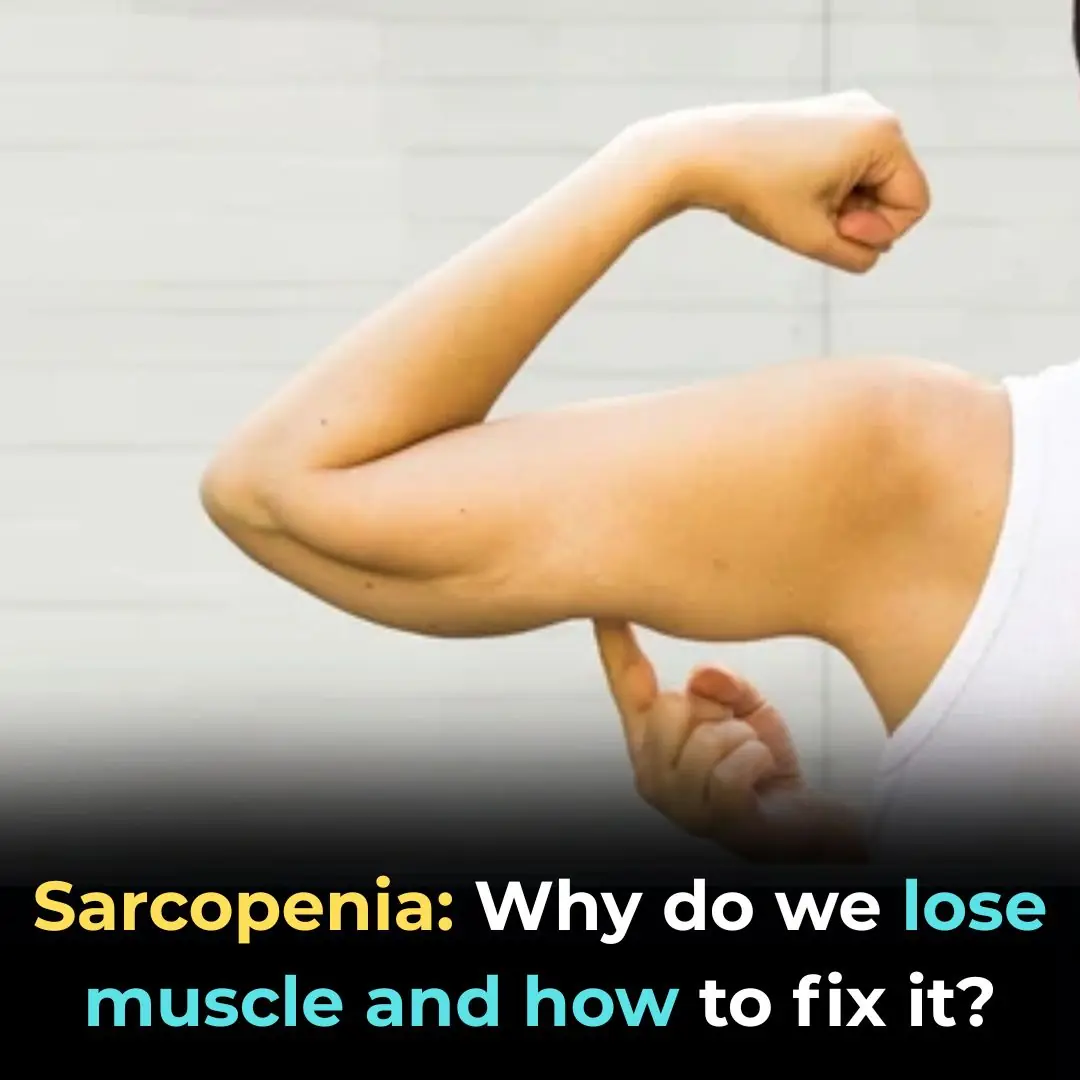
💪 Sarcopenia: Why Muscle Loss Happens & How to Fight It (After 50)

I Had No Idea About This!

These Ideas Are Amazing: 10 Clever Ways to Use Dryer Sheets Beyond the Laundry Room

Most Don’t Know: 13 Brilliant Ways to Use WD-40 Around the House
